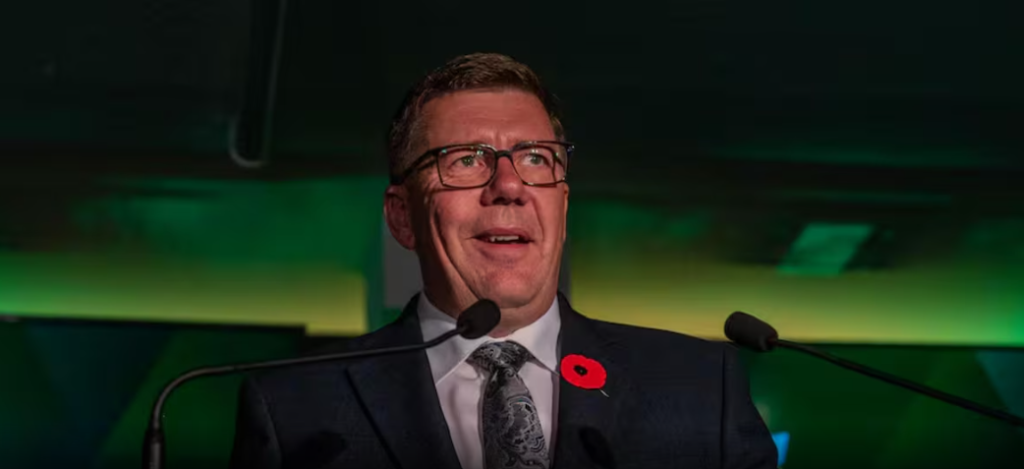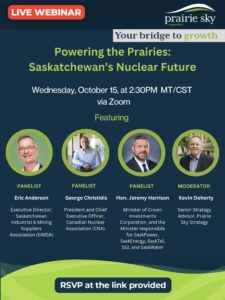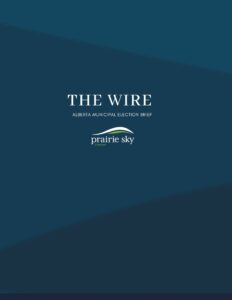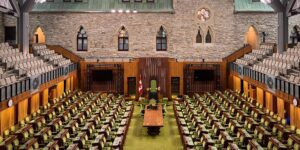Premier Scott Moe and his Saskatchewan Party clinched a fifth consecutive majority government, with 35 seats (leading or elected) compared to 26 for the New Democratic Party under Carla Beck. However, this majority comes with historically slim margins, as final seat counts could shift based on uncounted mail-in ballots. The razor-thin split could be further tested when the legislature convenes, as a Speaker must be elected—likely a SaskParty member, which would reduce their voting power by one seat, narrowing their majority further.
The results starkly highlight a significant rural-urban divide: the Sask Party swept all 24 rural and small-town ridings and nine smaller city seats, taking only two in Saskatoon and none in Regina. In contrast, the NDP won 24 of their 26 seats in Saskatoon and Regina (12 in each city), plus two in the North, without securing any rural or small-town seats. This urban-rural split in the legislature is one of the most pronounced in recent memory.
In terms of popular vote, the Sask Party led with 53% to the NDP’s 39.5%, while the Saskatchewan United Party received 4.1%. This 13-point lead diverged significantly from pre-election polling, which had several firms projecting an NDP edge in the popular vote—a discrepancy likely to prompt closer scrutiny of polling methodologies.
While the majority government is assured, seven constituencies remain in contention. Notably close races include Saskatoon Westview, where Sask Party incumbent David Buckingham leads by just 31 votes, and Prince Albert Northcote, where Sask Party incumbent Alana Ross leads by 125 votes. Final results could still see shifts in one or more of these seats.
This election concluded a four-week official campaign with Moe and Beck prioritizing similar issues—healthcare, cost of living, and education—but with distinct approaches. Over the next two weeks, Elections Saskatchewan will finalize the mail-in count and certify results, while Premier Moe assembles a new cabinet. Given that 18 MLAs did not seek re-election and five prominent Sask Party cabinet ministers were defeated, Moe faces a substantial cabinet shuffle. He will likely wait on the remaining seat counts before finalizing appointments.
The Legislative Assembly is expected to reconvene briefly in December for a pre-Christmas session and to resume fully in early 2025. This marks Moe’s second majority since succeeding Brad Wall in 2018. If the Sask Party completes its four-year term through 2028, it will become Saskatchewan’s longest-governing party, surpassing the 20-year tenure of the CCF, elected in 1944.
Stay tuned for updates on certified results and Premier Moe’s cabinet appointments in the weeks ahead.
We’re Here to Help
For more information and insights about what these developments mean for the political landscape in Saskatchewan, please reach out to our experts:
Darin Banadyga – Senior Strategy Advisor
darin@prairieskystrategy.ca
306.213.8211
Theo Bryson – Senior Strategy Advisor
theo@prairieskystrategy.ca
306.537.4465
Kevin Doherty – Senior Strategy Advisor
kevin@prairieskystrategy.ca
306.570.7123
Tom Lukiwski – Senior Strategy Advisor
tom@prairieskystrategy.ca
306.501.7933
Bronte Prosser – Senior Strategy Advisor
bronte@prairieskystrategy.ca
306.270.7405
To learn more about Prairie Sky Strategy, please visit our website.





